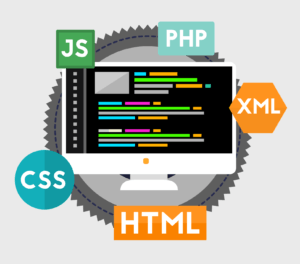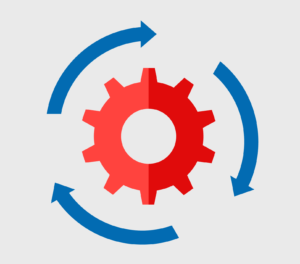-

How Much it ll cost to build an app like
- Cost to develop an Uber Tow Truck App
- Cost to develop a Pest Control App
- Cost To Develop a Handyman App Like Uber
- Cost To Develop a Doctor Appointment Booking App
- Cost To Develop An App Like MoodBites
- Cost To Develop An App Like SkipTheDishes
- Cost To Develop An App Like Q Chat
- Cost To Develop An App Like TickTick
- Cost To Develop An App Like ContractBook
- Cost To Develop An App Like Utter
-

How Much it ll cost to build an app like
- Cost to develop a Video Editing Mobile App like Magisto
- Cost to develop a Live Video Streaming App like Twitch
- Cost to develop an app like Home Workout- No equipment
- Cost to develop a Sports News app like theScore
- Cost to develop an Application like Reddit
- Cost to develop a Sports News app like theScore
- Cost to develop an E-learning platform like Udemy
- Cost to develop an On Demand Doctor App like Heal App

Development Tip 9: Maintain and stabilize your code base with DRY
The complexity of a codebase increases with increasing project size and scope. To maintain and stabilize your code, you can adhere to the “DRY” Principle: Don’t repeat what you have done before.
#1 – Use the DRY Principle To Reduce the Size Of Your Code Base
Break down code that does the same thing more than once in an application into a method.
This can dramatically reduce the size of your codebase. This will save space if you repeat the same method in your application five, six, twenty, or 100 times.
You only need to do the update once if there is a change in the logic. Regularly updating your code reduces the chance of error. Many times, I have had to make a change in my code to reflect a new rule and the application only works half the time. A duplicate of the same code in another project, that has not been updated, is an unnecessary roadblock.

#2 – Use the DRY Principle To Unify Large Teams
When working with a large group, it is crucial to adhere to the DRY principle. This is especially important if your team members live in remote or overseas locations.
Imagine each developer working with a piece of code and generating code that serves the same purpose. A third developer looks at the feature and notices that three separate developers have created blocks of code.
This is where the DRY Principle applies. Three code blocks that do the same thing in different ways can result in resources (overall code base size, development time, etc.). Can be saved.
In large teams, it is important to maintain good communication and documentation. This will enforce DRY in your project.

#3: Refactor existing processes using the DRY Principle
Last week, I added a feature to a document viewing module. What is it used for? Its purpose is to automatically trigger the display of a side panel.
The code was easy to understand. Another method was available to trigger the tab I needed in my panel.
The standalone method that triggers the panel was removed because it meant one of the tabs (or another tab) would have to be triggered in the same way. This allowed me to refactor the tab method to accept an input parameter. The tab that would be selected after the panel was opened.
After this was done, I had about 5 lines of code removed and no more code needed to be written later.
Conclusion
It will be easy to maintain your code if you adopt a DRY mindset when building it.
This is especially true for larger projects. One code line can be fixed, even if the code affects multiple modules within your application.

Author
Our Partners




WhatsApp us


